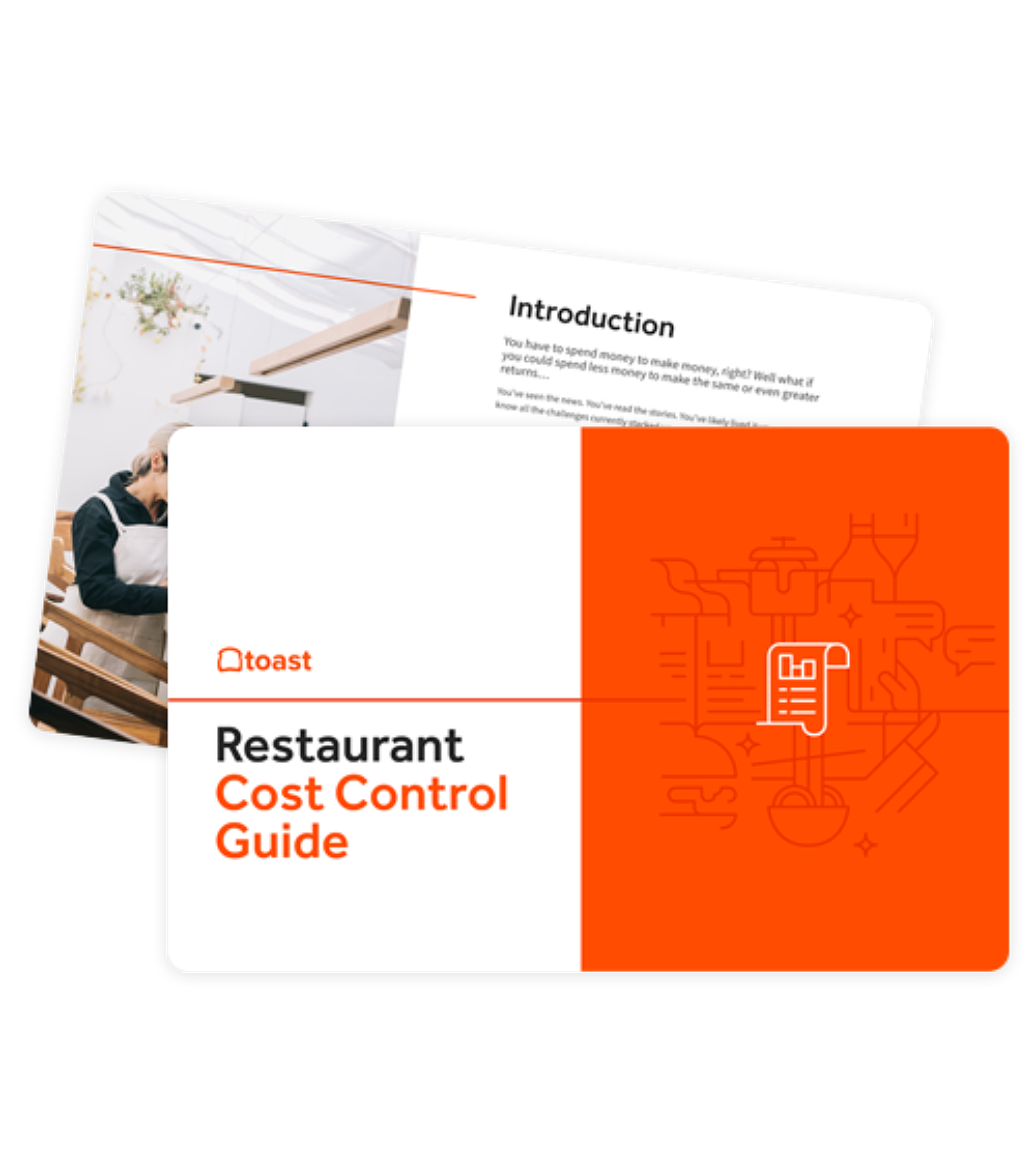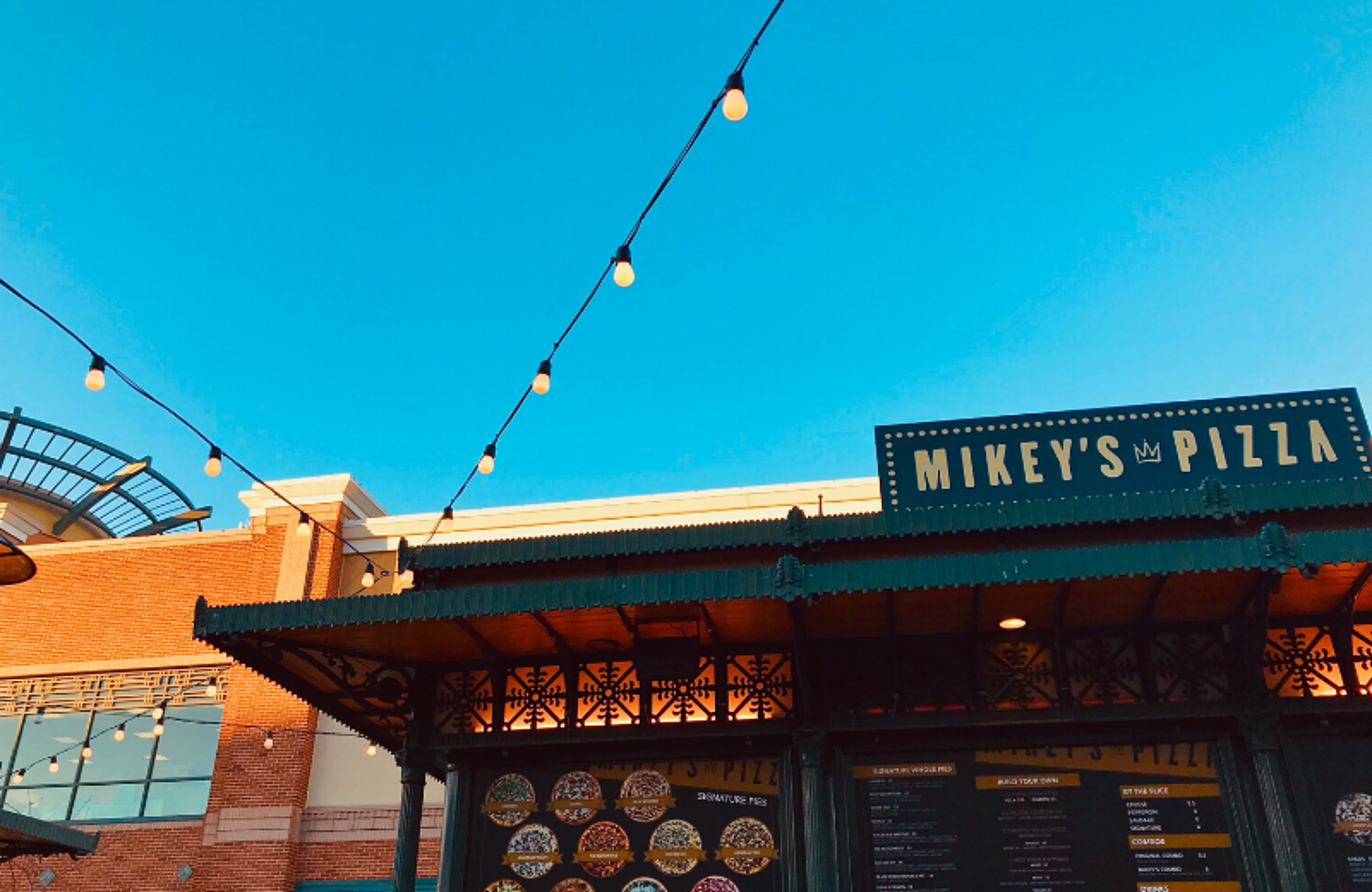
How to Analyze a Restaurant Menu
Menu analysis is essential to running a profitable restaurant. Here are a few reasons why it's worth the time.

AJ BeltisAuthor


Restaurant Cost Control Guide
Use this guide to learn more about your restaurant costs, how to track them, and steps you can take to help maximize your profitability.
Get free downloadAnalyzing your menu and product mix takes time and effort, and it can be challenging as hell without the right tools.
But it's absolutely necessary to take control of your restaurant costs and optimize your profitability.
What Is Menu Analysis?
Menu analyzing (or menu analysis) is a broad term encompassing an understanding of the fonts, styles, and copy used on your tangible menus as well as the product mix of food and ingredients you decide to use for recipes in the kitchen.
The definition of restaurant menu analysis is the steps taken to identify the profitability and popularity of each menu item, and the strategy to ultimately enhance restaurant sales and success.
This process is ongoing and will require an in-depth understanding of your restaurant's brand and image as well as restaurant performance metrics like gross profit, cost of goods sold, and sales volume. For that reason, many restaurateurs don't take the time to analyze their menus. But that could be detrimental to your success.
Let's go over the benefits of analyzing your menu.
Menu Analysis Can Increase Sales by 27%
More broadly, menu engineering is one of the primary responsibilities for restaurant operators and managers.
For those of you less familiar with the term, menu engineering encompasses all duties surrounding the pricing and design of your menu and its offerings. Both a qualitative and a quantitative exercise, menu engineering calls on you to understand your most profitable and popular menu items and strategically place them on your menu with enticing descriptions. A step above analyzing your menu, menu engineering is about taking action to achieve better profit.
You might think menu engineering is just a menial task, but when it's done right, it can increase your sales by 27%.
That's a pretty impressive ROI for putting a little extra time into your menu.
You'll Know Your Competition Better
Understanding not only your price and markup strategy but also that of your competitors will help you set more accurate price points for your food.
For example, let's say after some menu analysis, you discover that you have the most expensive burger in town. You can make this work to your advantage in a few different ways. First, if you feel your markup is too high, consider bringing prices down a bit to sell more burgers.
Second, you could make this work consistently with your brand. If you're a high-end restaurant or you offer more specialty burgers with add-on's like fried eggs, avocado, or bacon, the higher markup speaks to your offering. In that light, keeping your price the same helps to differentiate your product, so that may be the wiser choice.
Cost/Margin Analysis Can Help You Understand Profitability
Without profit, your restaurant is either losing money or just breaking even, and neither will keep your doors open.
When you analyze your menu, it can help you understand which specific menu items are contributing to your profit.
When you understand the profitability of each item, you can develop better pricing strategies to better engineer your menu.
It's important to know which items are making you money. With insight from your menu analysis, you can alter your menu and your recipes to items more profitable overall.
For example, one term used in menu engineering is plowhorse. It refers to items that are high in popularity but low in profitability. By identifying which menu items fall into this category, you can price your menu differently, alter the portion size, and/or change the ingredient makeup of these items to increase your profitability.
At the end of the day, a restaurant is as much a business as a bank, a software provider, a factory, or a construction company.
All business owners — restaurant owners included — should prioritize the task of understanding their cost of their goods sold. Markups, ingredients, product mix, and portioning should be terms used daily in your role. It's all part of the job.
Take the free menu engineering course to keep learning.
Related Menu Ideas
Menu Engineering Course
Take this course to make the most of your menu. Learn about menu psychology and design, managing your menu online, and adapting your menu to increase sales.

Is this article helpful?
DISCLAIMER: This information is provided for general informational purposes only, and publication does not constitute an endorsement. Toast does not warrant the accuracy or completeness of any information, text, graphics, links, or other items contained within this content. Toast does not guarantee you will achieve any specific results if you follow any advice herein. It may be advisable for you to consult with a professional such as a lawyer, accountant, or business advisor for advice specific to your situation.
Read More
Subscribe to On the Line
Sign up to get industry intel, advice, tools, and honest takes from real people tackling their restaurants’ greatest challenges.


